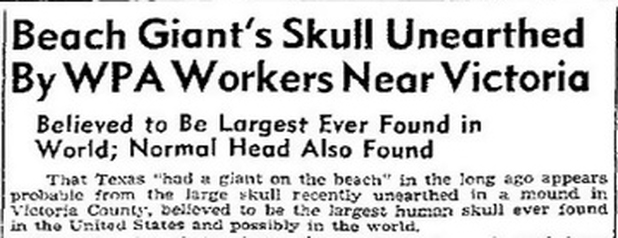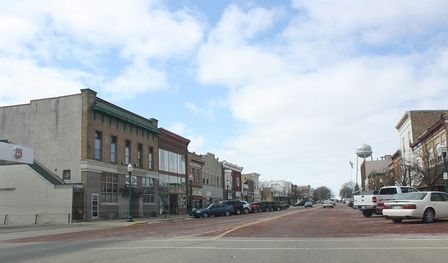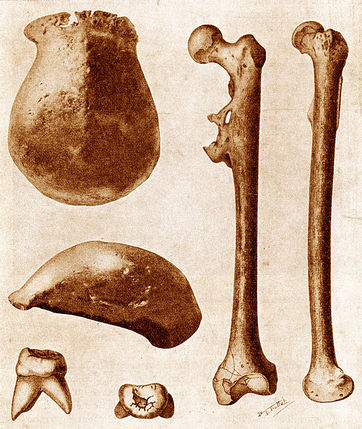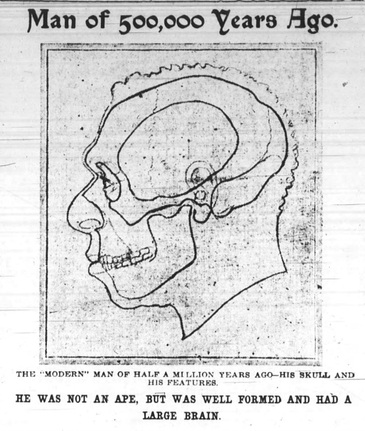Effective communication in a blog post is not the same as effective communication in a term paper. This is the first time that many of these students have written in this kind of format, and it is my first time working simultaneously with twenty different individuals writing about twenty different topics. Ideally the process will get smoother and faster as the course continues.
Here are the first of the "giants" posts to go live:
- Klaus Dona's Travelling Giant Show (by Kate)
- The Missing Morhiss Giant: Not Missing and Not Giant (by Wendy Dollar)
- Kap Dwa: The (Real?) Story Behind the Two-Headed Giant (by Tucker Kovalchek)
- Giant Mound Builders in Wisconsin…Eh (by Judy in Disguise)
- Giants: What Do People Think? (by Fred C)
Please feel free to leave comments for the students: it's in their job description to interact with people about their posts (as long as it stays constructive).






 RSS Feed
RSS Feed
